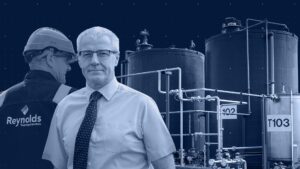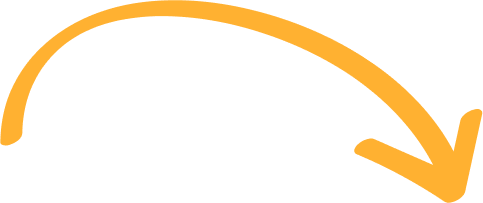

Latest Article

July 25th, 2025
Shaping Competence Together: Building a Culture of Competence in High-Hazard Industries
Other posts by this author
November 1st, 2017
7 health and safety quotes that make you think
February 20th, 2017
Competence Management update from The Oil & Pipelines Agency
February 10th, 2017
US CSB to investigate explosion at Packaging Corporation of America
Categories
Competency Health and Safety Articles Health and Safety News Health and Safety Training In-House News Industry News Online Health and safety Process Training Reynolds Training Services rts Training Course Trending Uncategorized
Written by admin
November 18th, 2013
Health and Safety Articles
Health and Safety News
rts
Within the shadows of every high hazard site lurks a multitude of process safety threats which have the potential to result in catastrophic incidents.
Industry, safety trainers and the regulator must pull these threats from the shadows, wrapping them tightly in layers of protection.
So what are layers of protection? Well, layers of protection encircle robust process safety management systems. These factors include:
In the event that one of these layers of protection fails under the weight of a threat, the next layer of protection stands tall to stop the threat in its track. Should all layers fail, the outcome could be a disaster on the scale of Buncefield or, more recently, West Texas.
The design and development of Basic Process Control Systems (BPCS) is crucial to the safety of high hazard sites. We must ensure operational personnel, procedures and engineering hum in a rhythmic harmony that The Royal Philharmonic Orchestra would be proud of.
Controlling Escalation centres on the safe recovery or close down of a process in the event that it starts to operate outside of key parameters (its safe operating envelope). This can be achieved through two key areas:
Mitigation focuses on reducing the impact of the event and covers three key areas:
There are many different layers of protection we can harness to prevent or mitigate the fallout of large-scale incidents.
In this incident, a systematic toppling of each layer of protection led to a tank overfill.
As each layer peels away it increases the risk of an incident until eventually hazard realisation occurs and safety is breached. In this case the:
Written by admin
November 18th, 2013
Health and Safety Articles
Health and Safety News
rts

Let’s get
learning together!
Lines open Monday to Friday, 9am to 5pm, GMT

Prefer to talk by email?

Send a message to
enquiries@reynoldstraining.com
or fill in the form and a member of our safety team is standing by to help.
- John Reynolds